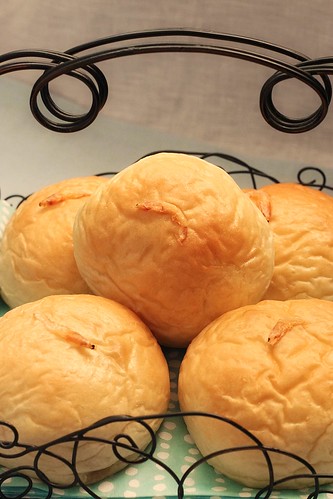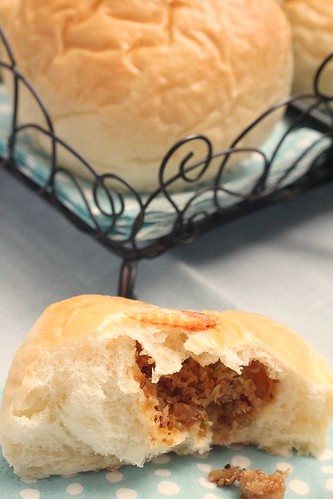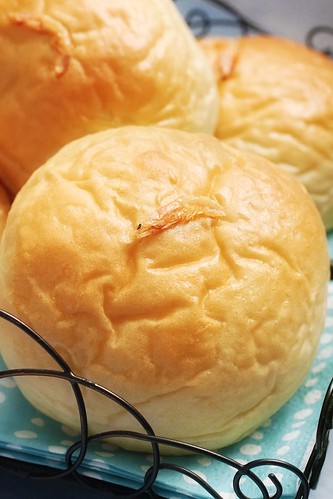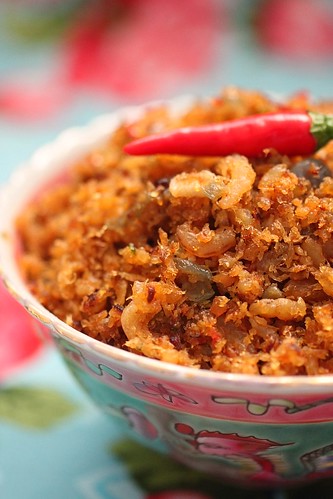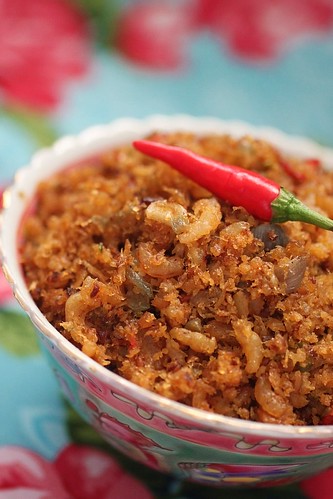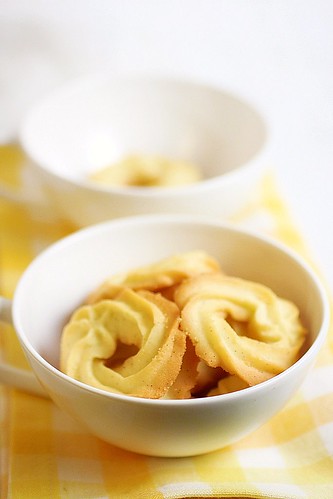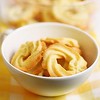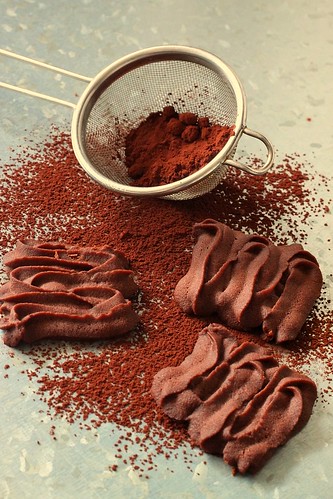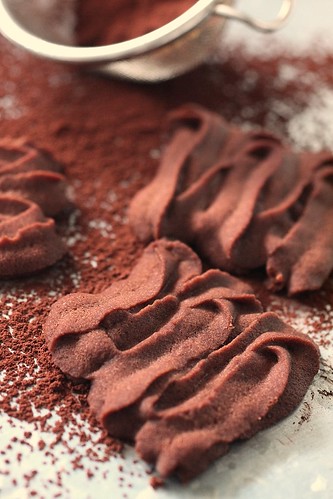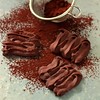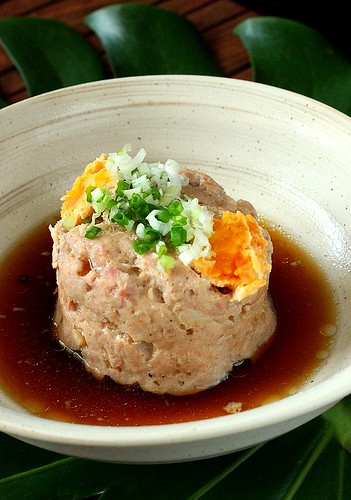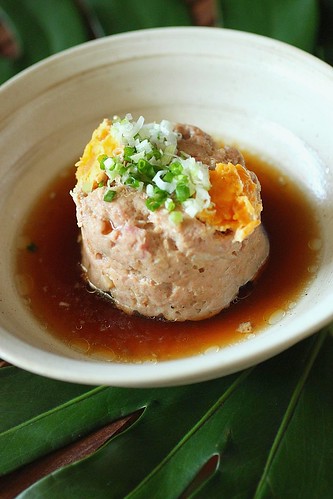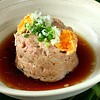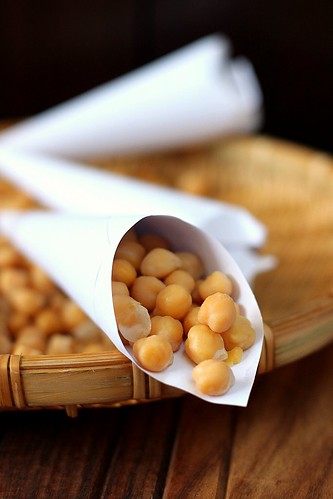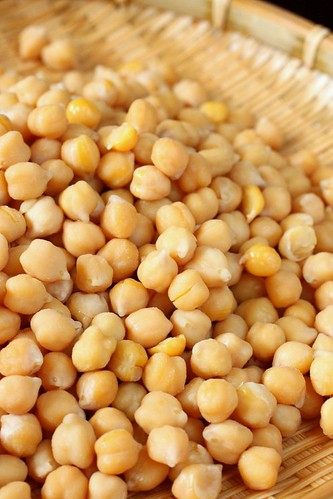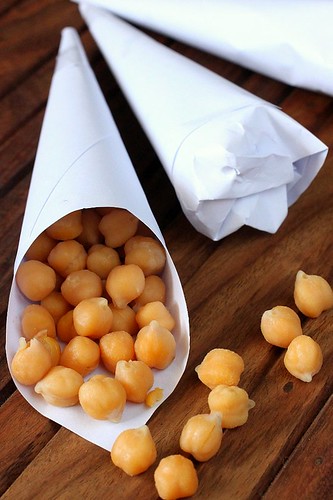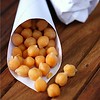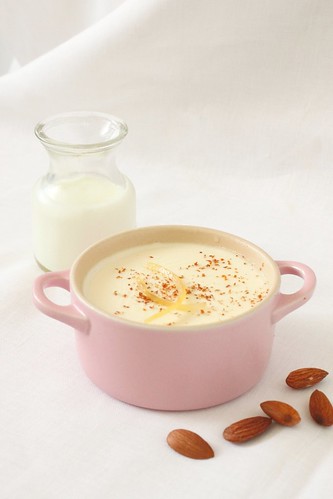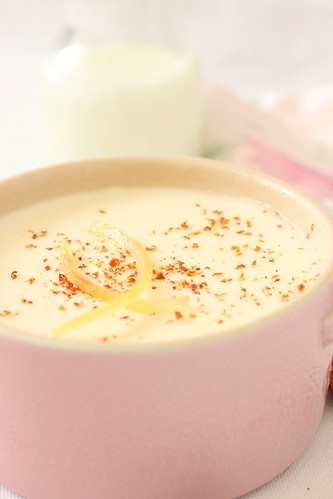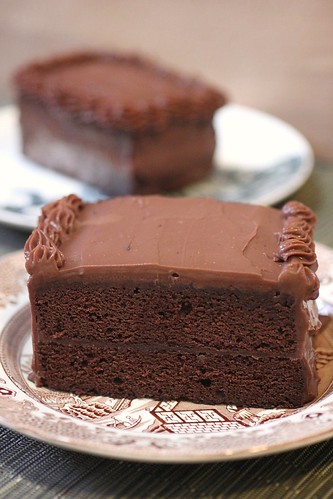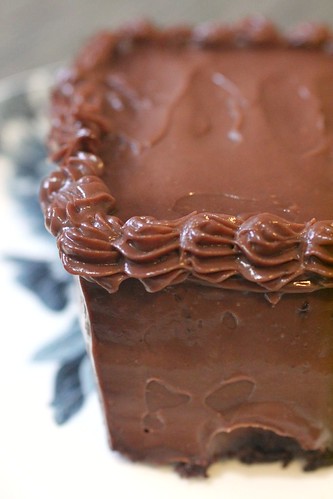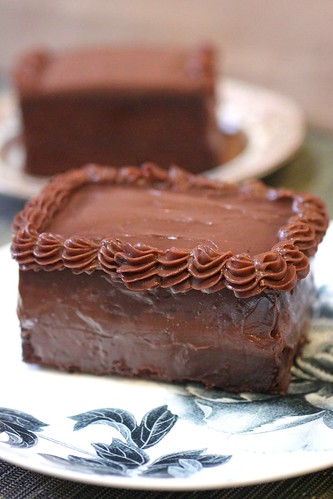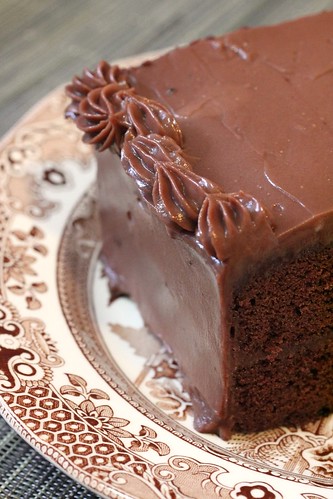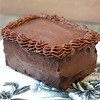

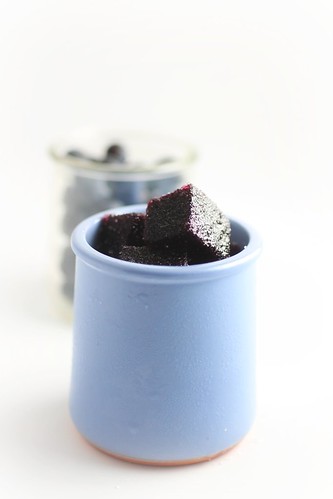
My parents were strict with us when we were growing up. I don't recall ever vehemently demanding for anything when we were young. We would gladly take whatever my parents would give us, be it sweet treats, stationery, books or clothes. If anything we set our eyes on were deemed expensive by our parents, we learnt to let go and make do with cheaper alternatives. We did not whine or throw tantrums, we just learnt to enjoy and made the best out of what we had... When it came to candies and sweet treats, Cadbury chocolates were not heard of within our households. The best we would see were Van Houten almond chocolate ovals that came in oval shaped tin cans or long rectangular tin boxes.
For Candies, my mother would always get us Polo mints - possibly the most unpopular and the most boring candy for a kid. Second to the Polo mints, our other favourite would be the Rowntree Fruit Gums.
They were fruity and sweet and for a long time, these were my favourite. The only cons about this candy were possibly that they were hard (which made them last forever to chew) and had the tendency to stick on to the teeth. Following the Rowntree fruit gum came something which has remained my firm favourite till today - the Rowntree Blackcurrant / Tropical Fruits pastilles. These were soft, tangy and had a more natural fruity taste compared to the gums. These were a little more expensive compared to the fruit gums and the polo mints (polo mints were the cheapest) but whenever we went grocery shopping at the supermarket then, we would always look out for the typical special offers that would come as 3 tubes in a pack.
My love for fruit pastilles continues till today - I can at any time, finish up a whole tube of Rowntree (now owned by Nestle) Blackcurrant Fruit pastilles faster than you can finish sucking your Polo Mint!
Hence, it comes as no suprise that I have always been tempted to make Pate de Fruits - a little sweet treat often served as petit fours with other sweet treats.
This is not the first time I have attempted a Pate de Fruit. I recall trying to make these with Mango puree but for some reason, it just would not gel... it could have been the fact that I had tried to reduce the amount of sugar in the recipe or it could have been due to the pectin I was using at the time....
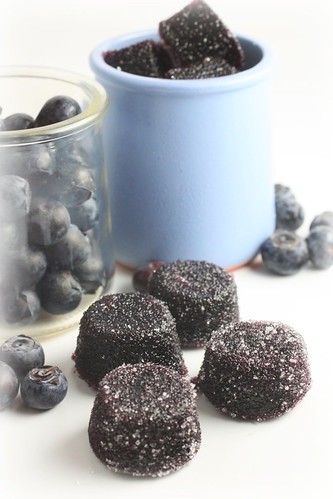
The recipe I am using today is taken from Le Cordon Bleu "De la Cueillette, a la Recette" - an illustrative Le Cordon Bleu French Pastry Training Manual which I find rather useful. The recipe combines the mildness of pear puree with Casis to soften the tartness. The amount of sugar used in the recipe is still maddeningly huge but I refrained from tweaking the recipe for fear that it will not gel again. In addition to pectin, this recipe also calls for the addition of citric acid. ( the recipe I tried before used lemon juice) The citric acid was added at the end of the cooking process and was the critical component that ensured problem-free gelling of the cooked jam.
Verdict- the fruit jelly was bursting with rich fruity flavours - The tartness and sweetness were so intense that I could not really decide if it was more tart or more sweet. I definitely feel more encouraged this time and am looking forward to work with other fruits and ... yes, I am still adamant on tweaking the sugar level !
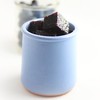
Recipe :
Cassis Puree 200g
Pear Puree 150g
Pectin 8g
Castor sugar A 38g (mix pectin and sugar A together)
Castor sugar B 375g
Glucose 75g
Citric Acid 8g
Coarse Sugar For coating
Method :
1. In a copper pot, heat Casis Puree and Pear Puree until 40-45C. Add Pectin and sugar A mixture slowly into the puree mixture.
2. Add glucose and continue to stir and heat until puree starts to bubble.
3. Add the rest of the castor sugar in 3 additions. Stirring well to dissolve after each addition.
4. Continue to stir and heat until temperature reaches 107C.
5. Remove from heat. Add in citric acid and stir well to dissolve.
6. Pour jam into an 18x18cm square ring. (place square ring on a tray lined with silpat mat/ baking sheet.
7. Leave to cool and set at room temperature for 12 hours. (note, once citric acid is added, puree will gel quite quickly, so work quickly to pour into mold)
8. Dust with coarse sugar and cut to size.


